#ca. 350 b.c
Explore tagged Tumblr posts
Text


~ Head of Pan to the left (Coin).
Date: ca. 350 B.C
Mint: Pantikapaion
Medium: Gold
#ancient#ancient art#history#museum#archeology#ancient history#archaeology#roman#numismatics#coin#greif#pan#corn#pantaka#Pantika#Pantikapaion#gold
947 notes
·
View notes
Text

Drapped Male Torso from Velanideza
ca. 350-325 b.c.
#rome#museum of fine arts#budapest#statue#marble#antiques#dark academia#dark academia style#dark academia blog#academia#light academia#dark academia aesthetic#art academia#classic academia
27 notes
·
View notes
Text
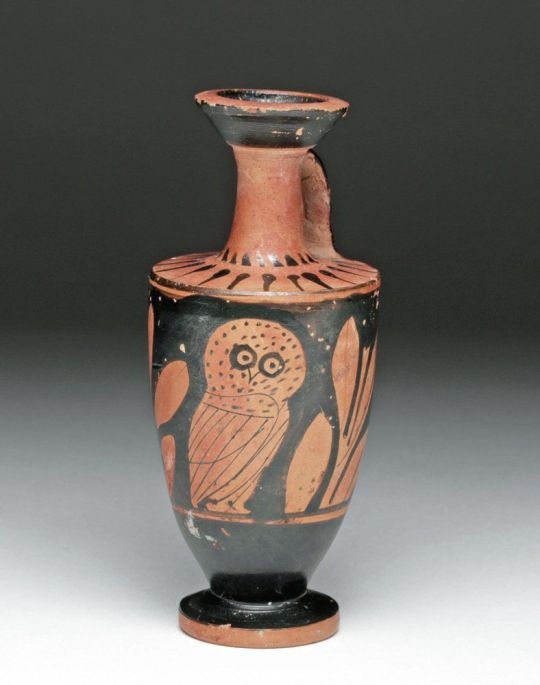


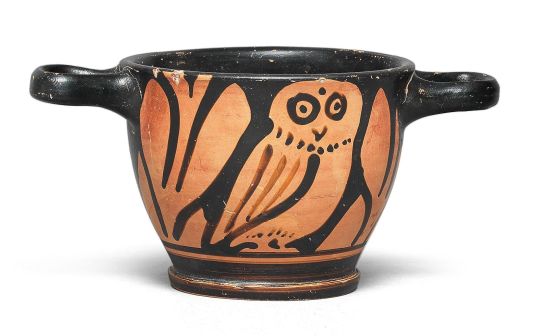
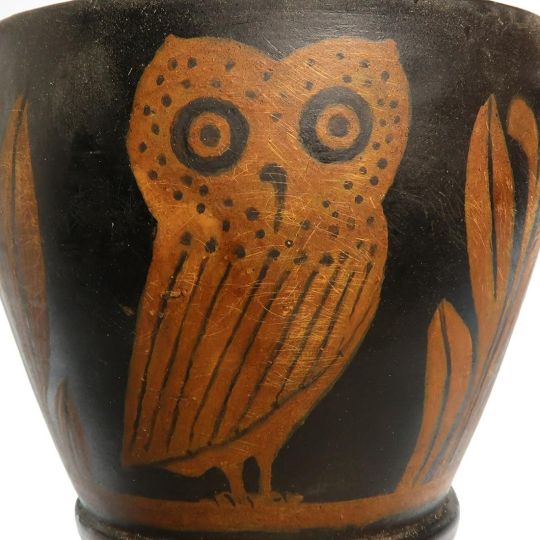

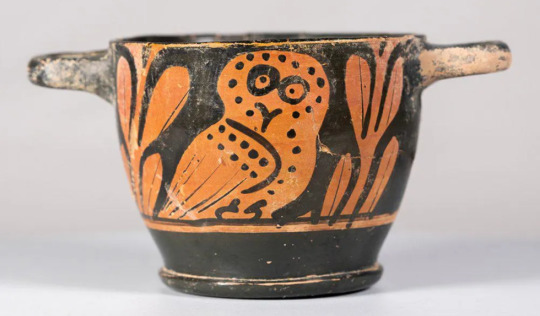
Greek Attic Red-Figure Owl Lekythos, Athens, Greece, second quarter 5th century B.C. Greek Attic Red-Figure Owl Skyphos, Ancient Greece, Late Attic, ca. 370 to 350 B.C. Skyphos. Ancient Greece, Attic, circa 400 B.C. Greek Attic Red-Figure Owl Skyphos, Ancient Greece, Athens, ca. late 5th century B.C. Greek Apulian Red Figure Ware Owl Skyphos, c. 5th-4th Century B.C. Greek Red-Figure owl skyphos, Magnia Graecia, mid-4th Century B.C. Skypos, Ancient Greece, Athens, Attic, ca. mid-5th century B.C.
#ceramics#ancient greece#i thiiiiink i put all of the links in the right order but i'm not 100% sure. they are the correct links tho#owls#athens#(mostly)#lekythos#skypos#red-figure ware
94 notes
·
View notes
Text
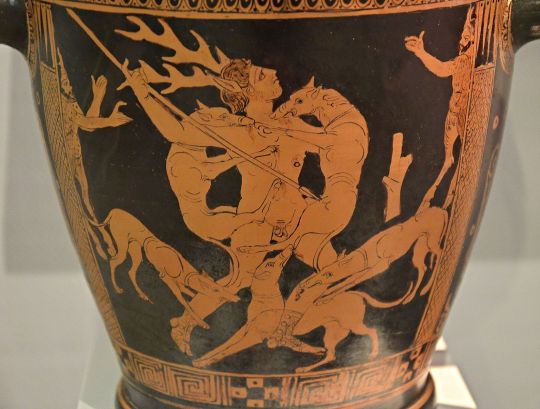

a vase depicting the myth of actaeon from c. 400-350 B.C from the collections of germany's baden state museum // pennsylvania furnace by lingua ignota
17 notes
·
View notes
Text


Praxias' Votive Marble
From Athens Asklepieion, ca. 350 B.C.
Asclepieion: A sacred healing centre - Acropolis Museum
Hi-res eucanthos' digital rendering (incorrect pov) from Acropolis museum PDF and virtual-artifacts lower definition post (other angle, very nice color). [found and preserved a heart graffiti-like shape inside one of the irises !]
...eyebrows and the inner part of the eyelids have traces of red pigment. The iris is of brown and the pupil of grey stone. The eyeball and the inner part of the corner of the eye are rendered in white and red stone respectively... - virtual-artifacts
Asclepius, a mortal hero and son of Apollo, who had powers of healing, is known from as early on as Homer’s writings. His status was elevated to that of divine healer in the 5th century BC, at a time when medicine was being developed and practised by professional doctors who regarded Asclepios as their patron.
thnx rifaatdib
18 notes
·
View notes
Text
How Old Are Taxes? Older Than You Think
For Thousands of Years, Human Civilizations Have Been Collecting Taxes, in One Form or Another. From Grain to Beards to Rubber Balls, Governments Always Found New Ways to Collect Their Due.
— By Editors of National Geographic | April 11, 2024

Thanks to the detailed records in the Matricula de Tributos, historians know exactly how the Aztec paid their taxes in the early 16th century. Photograph By History and Art Collection, Alamy Stock Photo
Every April in the United States, predictable signs of spring appear: budding flowers, chirping birds, and … taxes. They may be as certain as death, but taxes aren’t a recent phenomenon; they date back thousands of years.
Over the centuries, different governments all over the world have levied taxes on everything from urine to facial hair—and officials accepted payments of beers, beds, and even broomsticks. These payments went to fund government projects and services—from the pyramids of Giza to the legions of Rome.
First Taxes
Taxation has existed for so long, it even predates coin money. Taxes could be applied to almost everything and might be paid with almost anything. In ancient Mesopotamia, this flexibility led to some rather bizarre ways to pay. For instance, the tax on burying a body in a grave was ���seven kegs of beer, 420 loaves, two bushels of barley, a wool cloak, a goat, and a bed, presumably for the corpse,” according to Oklahoma State historian Tonia Sharlach. “Circa 2000-1800 B.C., there is a record of a guy who paid with 18,880 brooms and six logs,” Sharlach adds.
“Circa 2000-1800 B.C., There Is A Record of A Guy Who Paid [His Taxes] with 18,880 Brooms And Six Logs.”
Creative accounting of in-kind payments helped some cheat the tax man as well. “In another case, a man claimed he had no possessions whatsoever except extremely heavy millstones. So he made the tax man carry them off as his tax payment.”
Pharaohs' Tax Preparation
Ancient Egypt was one of the first civilizations to have an organized tax system. It was developed around 3000 B.C., soon after Lower Egypt and Upper Egypt were unified by Narmer, Egypt’s first pharaoh.
Egypt’s early rulers took a very personal interest in taxes. They would travel around the country with an entourage to assess their subjects’ possessions—oil, beer, ceramics, cattle, and crops—and then collect the taxes on them. The annual event became known as the Shemsu Hor, or Following of Horus. During the Old Kingdom, taxes raised enough revenue to build grand civic projects, like the pyramids at Giza.
Ancient Egypt’s taxation system evolved over its 3,000-year history, becoming more sophisticated with time. In the New Kingdom (1539-1075 B.C.), government officials figured out a way to tax people on what they had earned before they’d even earned it, thanks to an invention called the nilometer. This device was used to calculate the water level of the Nile during its annual flood. Taxes would be less if the water level was too low, foretelling a drought and dying crops. Healthy water levels meant a healthy harvest, which meant higher taxes.
Tax Amnesty In Ancient India
In India's Mauryan Empire (ca 321-185 B.C.) an annual competition of ideas was held—with the winner receiving tax amnesty. “The government solicited ideas from citizens on how to solve government problems,” Sharlach explains. “If your solution was chosen and implemented, you received a tax exemption for the rest of your life.” The Greek traveler and writer Megasthenes (ca 350-290 B.C.) gave an astonished account of the practice in his book Indica.
Like most tax reform efforts, the system was far from perfect, Sharlach notes. “The problem is that nobody would have any incentive to ever solve more than one problem.”
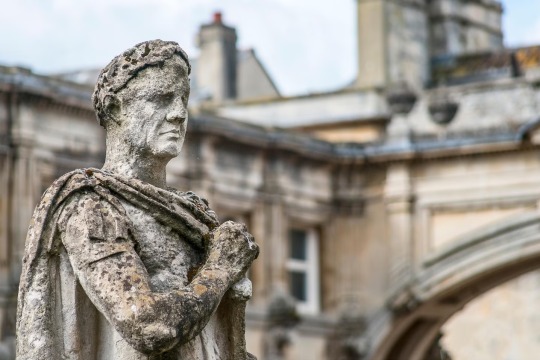
A statue of Emperor Vespasian, who notoriously taxed Rome's urine trade, oversees the Roman Baths complex in Bath, England. Photograph By Travelbild, Alamy
Render Urine Unto Caesar
The Roman emperor Vespasian (r. A.D. 69-79) may not be a household name like Augustus or Marcus Aurelius, but he brought stability to the empire during a turbulent time—partly through an innovative tax on people’s pee.
Ammonia was a valuable commodity in ancient Rome. It could clean dirt and grease from clothing. Tanners used it to make leather. Farmers used it as fertilizer. And people even used it to whiten their teeth. All this ammonia was derived from human urine, much of it gathered from Rome’s public restrooms. And like all valuable products, the government figured out how to tax it.
Some wealthy Romans, including Vespasian’s own son Titus, objected to the urine tax. According to historian Suetonius (writing around A.D. 120), Titus told his father he found the tax revolting, to which Vespasian replied, “Pecunia non olet,” or “Money does not stink.”
Itemizations For Aztecs
At its height in the 15th and 16th centuries, the Aztec Empire was wealthy and powerful, thanks to taxation. Historian Michael E. Smith has studied its tax collection system and found it to be remarkably complex, with different kinds of items collected at different levels of government.
All taxes made their way to the Aztec central governing body, the Triple Alliance. There they kept meticulous records of who had sent what. Many of these records survive today. The most famous are found in the Matrícula de Tributos, a colorful illustrated registry filled with pictographs showing exactly how many jaguar skins, precious stones, corn, cocoa, rubber balls, gold bars, honey, salt, and textiles the government collected each tax season.

Tsar Peter I tried to make Russia more "modern" by making men shave their beards or pay a tax. If they didn't pay, the police could forcibly shave them, as shown in this 18th-century Russian cartoon. Photograph By Ann Ronan Pictures, Print Collector, Getty Images
Russia’s Fashion Tax
Widespread use of coins and currency had a leveling effect on taxation systems, but rulers were not above applying some taxation muscle to achieve their ends. In 1698, Russian reformer Peter the Great sought to make Russia resemble “modern” nations in western Europe whose clean, close shaves Peter equated with modernization. After he returned to Russia, the tsar instituted a beard tax on his citizens, who favored beards.
Any Russian man who wished to grow a beard had to pay a tax—peasants paid a small fee while nobles and merchants could pay as much as a hundred rubles. Men who had paid the tax were also required to carry beard tokens wherever they went to prove that they'd paid their taxes for the privilege. Peter the Great’s beard tax did not last. Catherine the Great repealed it in 1772.
#Taxes#Government#Money 💵 💴💰#Ancient Rome#Mesopotamia#Ancient Egypt 🇪🇬#Editors ✍️ ✍️ ✍️#National Geographic
2 notes
·
View notes
Text

Stater of Byblos with galley Minted in Phoenicia, #Byblos ( #lebanon #🇱🇧) in Late Classical Period about 350 B.C. Weight: 13.23 gm.
DESCRIPTION
Obverse: Galley with lion's head prow left containing three hoplites with round shields facing left. Below, #hippocamp to left. Above its tail #Phoenician monogram.
Reverse: Lion to left bringing down bull lying to left. Inscription in Phoenician letters.
Issued during the Ruler #Adramelek, ca. 350 B.C.
Note: Above coin PROVENANCE
to the MFA.
#archéologie#Baalbek#byblos#château#citadelle#colonnes #echmoun#jbeil#jupiter#liban#maritime#temple#toulouse#tripoli#Lebanesearchaeology #tyrelebanon #sidonlebanon #discoverlebanon
#sidon #saida #tyre #Beirut #Phoenician #الصديق_الصدوق
0 notes
Text

~ Head of Pan to the left (Coin).
Date: ca. 350 B.C
Mint: Pantikapaion
Medium: Gold
0 notes
Photo
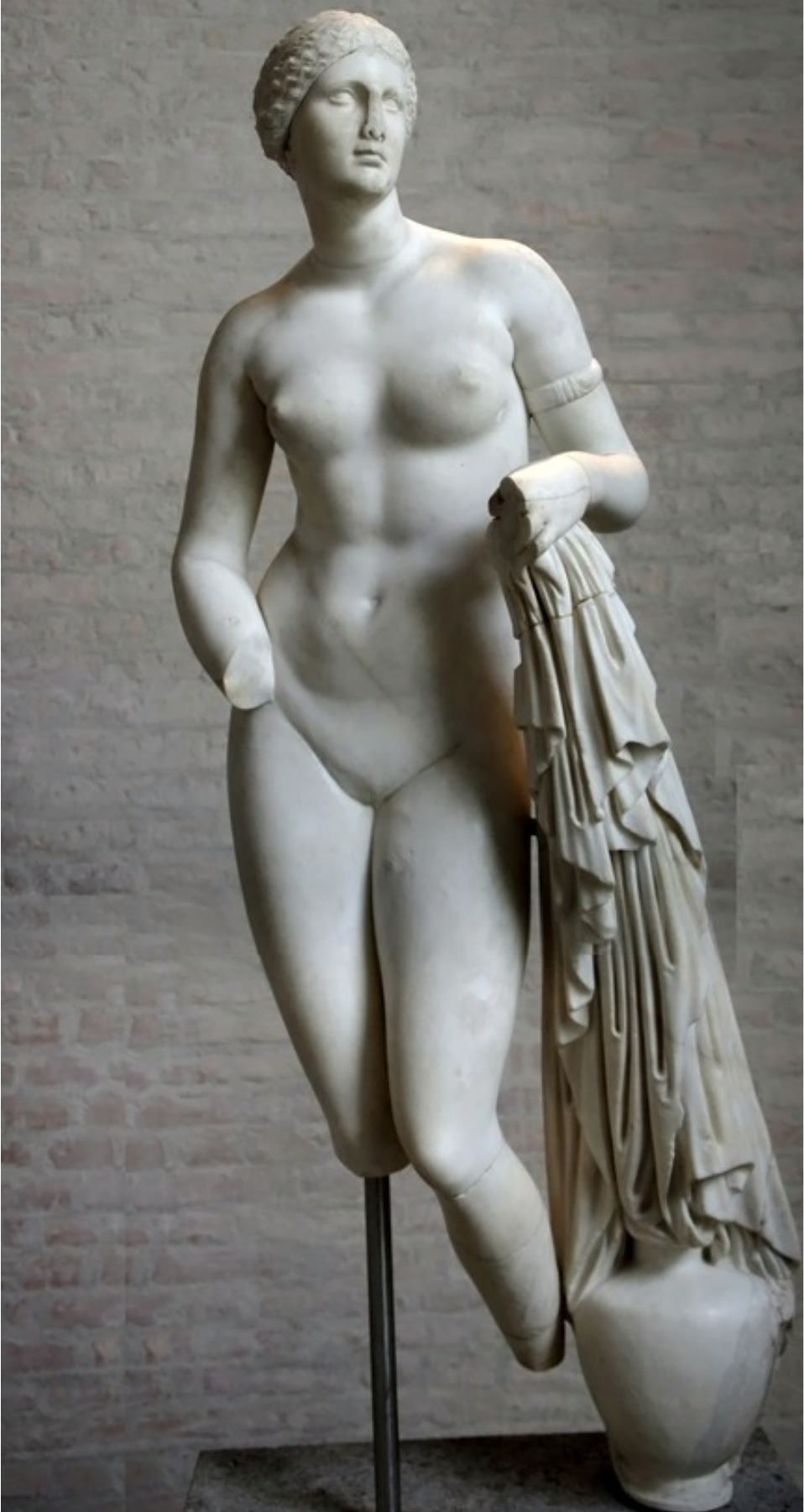
Aphrodite of Knidos, Greco-Roman variant on the original marble of ca. 350 B.C. Created, Greece, ca. 400 B.C. Sculptor, Praxiteles.
"While best known as Aphrodite, goddess of love, she was the ancient Greek goddess of love, beauty, fertility, physical pleasure (particularly sexual), eternal youth, grace, and beauty. Additionally, she played roles in commerce, war, and politics, and perhaps most notably, as one of the progenitors of the Trojan War." - Study
121 notes
·
View notes
Text
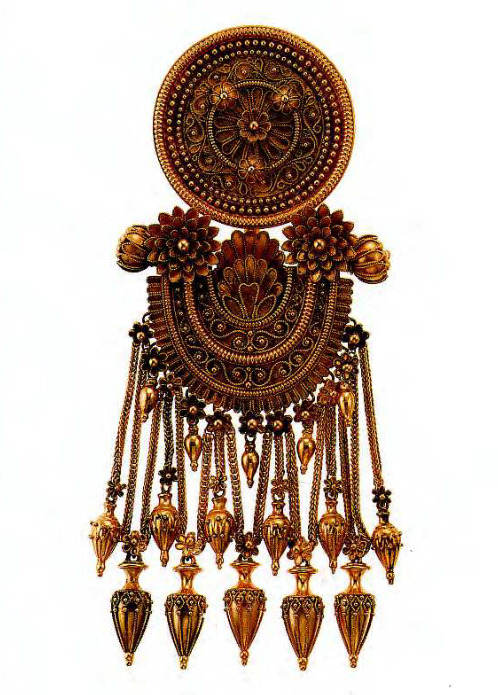

"Kul Oba" brooch. Design based on a Greek gold disk- and boat-shaped earring of ca. 350 B.C. Made by Castellani. Gold. Private collection.
"The precise use of thick beaded wires, wire ropes, and isolated grains can be seen, as well as the remarkably clean soldering and the even, matte gold surface color. The square-ended cuts, typical of the fine jeweler's saw used to cut round the petals (visible center), would never be seen on an Etruscan or Greek original."
--Jack Ogden, "Revivers of the Lost Art: Alessandro Castellani and the Quest for Classical Precision." Castellani and Italian Archaeological Jewelry, pp. 183, 187.
#19th century fashion#Victorian#victorian fashion#jewelry#brooch#gold#Castellani#Greek revival#neoclassical#archaeological
6 notes
·
View notes
Text
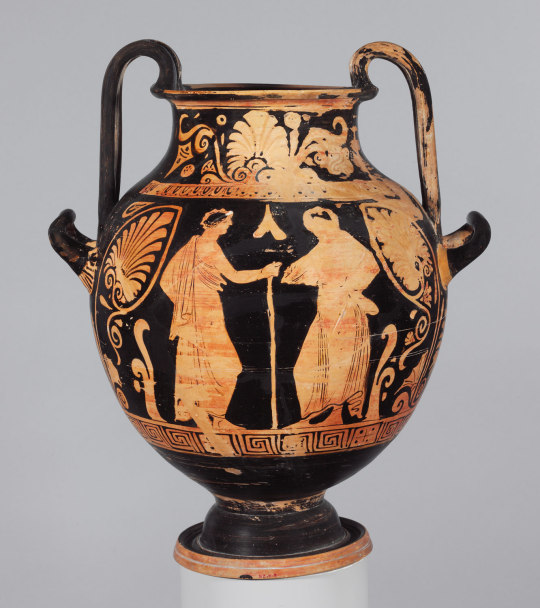

~ Terracotta nestoris (two-handled jar).
Attributed to the Painter of New York 52.11.2
Period: Late Classical
Date: ca. 360–350 B.C.
Culture: Greek, South Italian, Lucanian
Medium: Terracotta; red-figure
#ancient#ancient art#ancient pottery#pottery#terracotta nestoris#late classical period#greek#lucanian#south italy#red-figure#ca. 360 b.c.#ca. 350 b.c#history#archeology#museum
239 notes
·
View notes
Text

drawtober 2022 - day twenty nine
Askos in the form of a duck with a winged female divinity carrying a long ribbon.
This Etruscan pottery style is associated with workshops active in Chiusi and Volterra during the second half of the fourth century B.C. In addition to the duck's body and wings with carefully rendered feathers, each side is decorated with a floating nude female holding a ribbon. On some related pieces, these figures are winged and have often been identified as Etruscan lasas, nymph-like characters frequently depicted on engraved mirrors and pottery. The precise function of duck-askoi has been hotly debated. Many seem too large to have been used for expensive scented oils and instead may have contained lamp oil or olive oil. Because some earlier duck-askoi have been found with a special type of barrel-shaped vase, some scholars have suggested a connection with wine.
Etruscan red-figure duck-askos; ca 350–325 BCE
4 notes
·
View notes
Text

funniest possible foreword to a fishing field guide
[image ID: text which reads: "These (the fishes) were made out of the most entirely ignorant and senseless beings, whom the transformers did not think any longer worthy of pure respiration, because they possessed a soul which was made impure by all sorts of transgression; and instead of allowing them to respire the subtle and pure element of air, they thrust them into the water, and gave them a deep and muddy medium of respiration; and hence arose the race of fishes and oysters, and other aquatic animals, which have received the most remote habitations as a punishment for their extreme ignorance." —Plato, The Temaeus, ca. 350 B.C. end ID.]
7 notes
·
View notes
Photo

Late Classical Marble funerary lekythos ca. 375–350 B.C., Greek, Attic The monument was presumably erected in memory of the young long-haired girl who clasps her father's hand while her seated mother presents a bird to her little sister.
Medium:Marble, Pentelic ? Dimensions:H. as restored 40 1/2 in. (102.9 cm) Classification:Stone Sculpture Credit Line:Rogers Fund, 1912 Accession Number:12.159
45 notes
·
View notes
Photo

Drachm with the head of nymph Larissa. Culture: Greek. Place of origin: Mediterranean. Period:Classical. Period Date: ca. 350 B.C. Medium: Silver. Source: #PennMuseum Click our bio link for Ancient #RomeTours & Tickets. #archaeologyart #numismatic #coins #oldcoins #antique #coin #ancientcoinage #coincollection #numismatica #numismatik https://www.instagram.com/p/B2mUqJel4XL/?igshid=1s385brxu9ezh
#pennmuseum#rometours#archaeologyart#numismatic#coins#oldcoins#antique#coin#ancientcoinage#coincollection#numismatica#numismatik
33 notes
·
View notes
